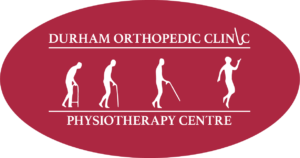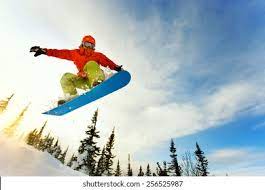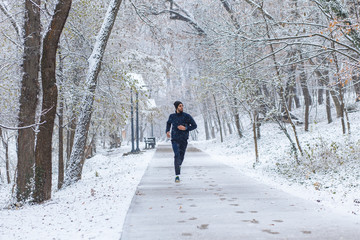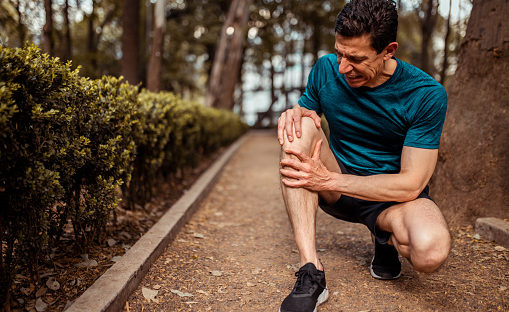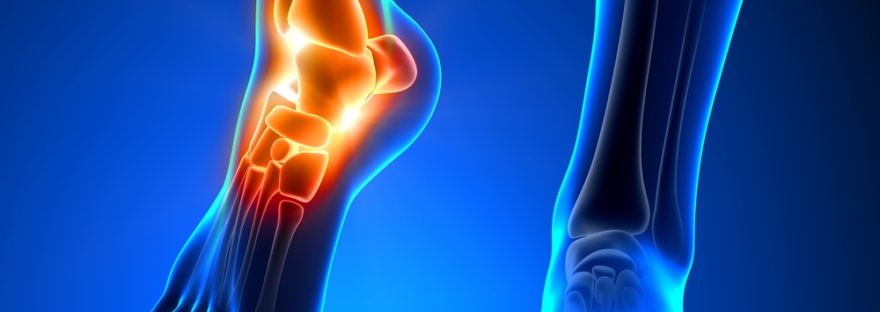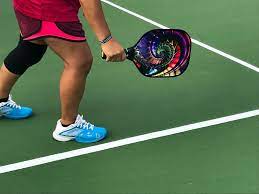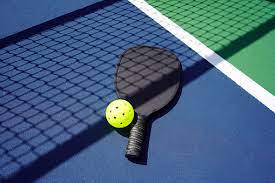Ankle injuries are one of the most common injuries doctors and physiotherapists see. The three most common sites of injury are the tendon, ligament, and the bone. Treatment protocol and recovery time is dependent on the type of injury sustained and the severity of the injury.
Tendon Injuries
Tendons are strong rope like structures that connect muscles to bones and allow you to move your ankle, toes and feet. We tend to put a lot of demands on our tendons around our ankles and feet with our day to day activities. They have to push the entire weight of our body constantly while standing and walking. Running activities add many times more stress on these tendons. The daily constant stresses on these tendons make them prone to developing tendonitis (inflammation of the tendon), partial tears or even complete tears.
Four main types of tendon injuries of the ankle include:
Tendonosis is a chronic condition characterized by the degeneration of the collagen in the tendons which occurs due to overuse or age.
Tendonitis occurs when the tendon swells (becomes inflamed) after a tendon injury.
Tendinopathy is a term used for any tendon injury or condition which causes pain and swelling.
Acute Tears usually happen suddenly and occur most often with activity and sports.
Some of the more common tendon injuries are Achilles tendon tears, Achilles tendonitis, Posterior tibial tendonitis and Peroneal tendonitis.
Achilles Tendon Tear
The Achilles tendon is a tendon that attaches the calf muscle to the heel bone. It provides the strength to push off with your foot with walking, running and climbing stairs. It also is one of the most commonly torn tendons in the body. A tear usually occurs when performing higher impact sports like volleyball, basketball or racket sports. Most often there is an audible “snapping or popping” sound over the back of the ankle with immediate weakness and pain.
Achilles Tendonitis
The Achilles tendon is one of the most common tendons to develop inflammation in the lower extremity. Pain is usually worst when first getting up in the morning or after prolonged sitting or when beginning any activity. This pain with activity often decreases once the tendon warms up. Pain is located at the site where the Achilles attaches to the bone or just above this point.
Posterior Tibial Tendonitis
The posterior tibial tendon stretches across the inner part of the ankle and attaches to the inner part of the foot. It is a major support structure for the arch of the foot. Posterior tibial tendonitis causes pain and swelling over the inner portion of the ankle and along the inside of the foot, worst with standing on your toes.
Peroneal Tendonitis
There are 2 peroneal tendons that are located over the outer part of the ankle and run behind the outer ankle bone (fibula). The main symptom is pain and swelling around the outside of the ankle, often making it difficult to walk or run. Pain is often worst in the morning. These tendons are prone to developing tears or dislocating.
Ligament Injuries
A sprained ankle is the sudden stretching or tearing of the ankle ligaments which support the joint and give it stability. A sprain occurs when your ankle is forced to move out of its normal position, most commonly seen when you “go over on your ankle”. The ligaments on the outer side of the ankle are the most frequently injured.
Bone Injuries
A broken or fractured ankle is an injury to the bones of the ankle. Fractures or breaks vary from hairline fractures, tiny cracks to a full and complete break. Some fractures are cast, more serious fractures may need pins and plates to allow the bone to heal. Symptoms include:
- Immediate intense pain at the site of injury
- Bruising
- Unable to weight bear
- Swelling
- There may be an obvious deformity of the ankle
If you are in need of physiotherapy for an ankle injury, call the Durham Orthopedic & Sports Injury Clinic to see one of our knowledgeable professionals at 905-428-7800 to help you get on the road to recovery.

